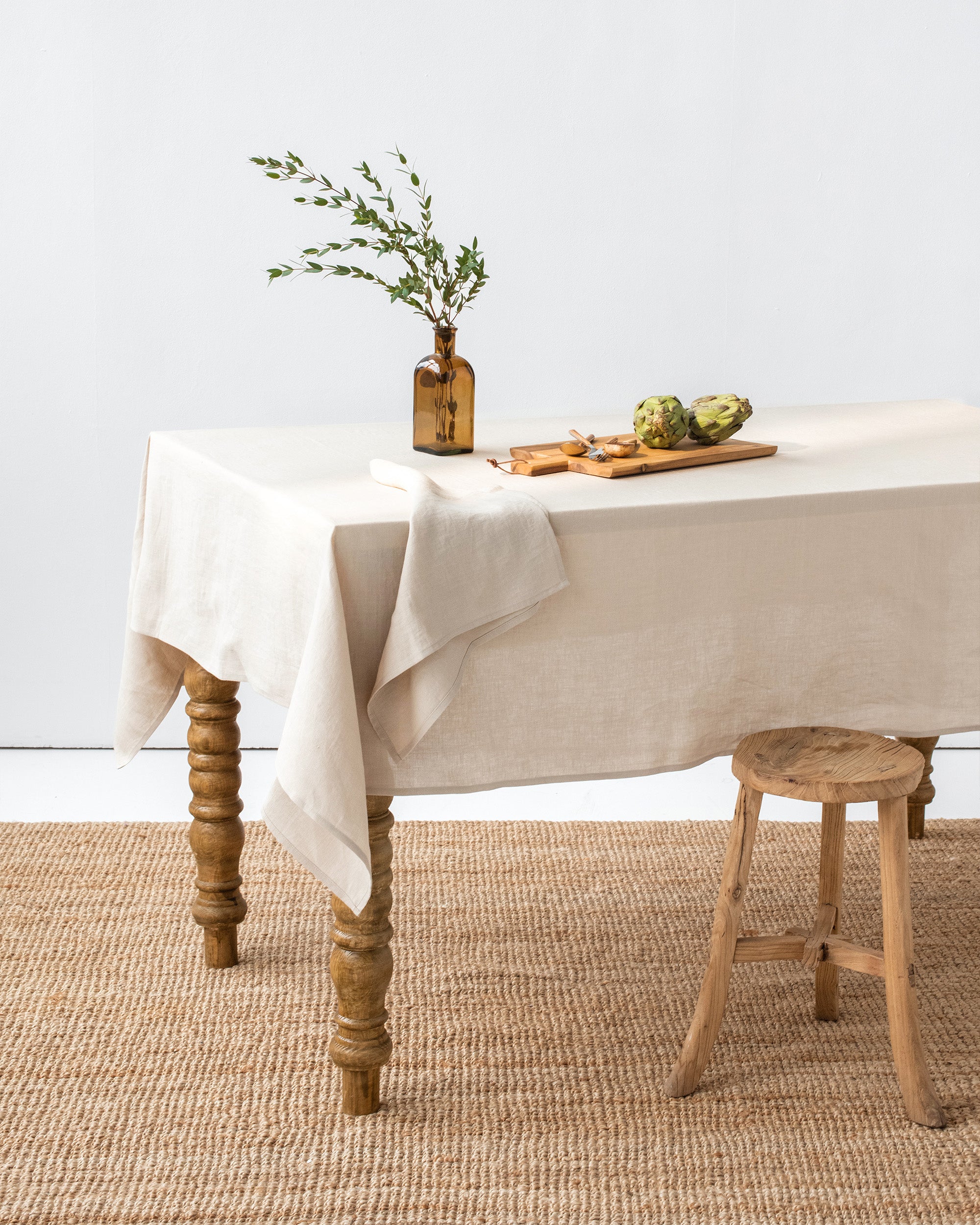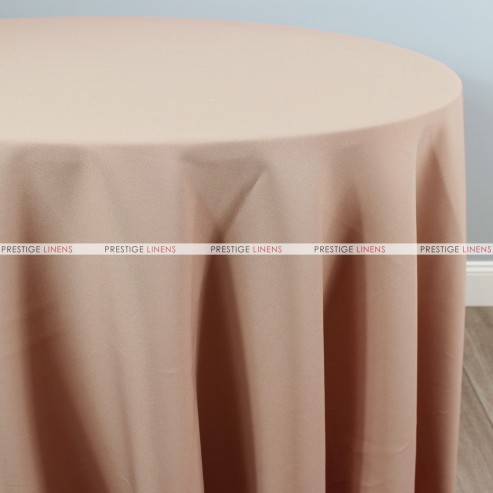Sophisticated Table Cloths: Perfect Choices for every single Occasion
Wiki Article
Bed Linen Fabric Developments: Discovering Modern Trends and Creative Applications in Layout and Fabric Industry
From lasting production methods to cutting-edge weaving innovations, the advancement of bed linen is reshaping the landscape of the textile industry. As we delve into the worlds of imaginative style applications and the introduction of linen blends and crossbreed textiles, a new chapter unravels in which linen's duty in future fabric developments takes center phase.Sustainable Practices in Bed Linen Production
Sustainable techniques in bed linen manufacturing have actually ended up being increasingly crucial in the fabric market's initiatives to lessen environmental effect and promote ethical sourcing approaches. Linen, an all-natural fiber originated from the flax plant, offers a series of benefits such as biodegradability, durability, and breathability. Nevertheless, conventional approaches of linen manufacturing can include significant water usage, chemical use, and energy-intensive procedures.To address these difficulties, many textile suppliers are adopting lasting techniques throughout the linen manufacturing procedure. This includes sourcing flax from organic ranches that avoid harmful chemicals and chemicals, applying water-efficient retting techniques to essence fibers from the flax stalks, and making use of green dyes and finishes. Furthermore, some business are spending in eco-friendly power sources to power their production centers and reducing waste through recycling and upcycling efforts.
Technical Innovations in Linen Weaving
With the expanding focus on lasting techniques in bed linen production, the textile industry is now experiencing a surge in technical innovations especially focused on transforming the art of linen weaving. These advancements are reshaping the method linen materials are created, using boosted performance, high quality, and creative thinking in weaving strategies.Among the vital technological improvements in linen weaving is the combination of electronic looms. These advanced looms are geared up with software application that allows for intricate and detailed layouts to be woven with accuracy. By digitizing the weaving process, producers can achieve greater uniformity and precision in their bed linen materials.
Moreover, improvements in yarn spinning technology have actually made it possible for the production of finer and more durable bed linen threads - table cloths. This causes softer and smoother linen textiles that keep their quality also after several usages and cleans
Furthermore, the development of environmentally friendly dyeing procedures and surfaces for linen textiles is getting traction. These lasting methods not only lower the environmental influence however also deal with the boosting consumer demand for morally created textiles.
Creative Style Applications for Linen
Innovative creative strategies are increasingly shaping the imaginative design applications for linen in the textile market. Linen's all-natural visual appeal and ability to blend with various other textiles make it a favorite choice for producing one-of-a-kind garments and devices that cater to the ecologically mindful customer.Furthermore, designers are trying out with linen in home design, utilizing its breathable and long lasting nature to craft stylish furnishings such as curtains, bedding, and furniture. The texture and drape of linen bring a sense of elegance and comfort to interior areas, adding a touch of beauty to contemporary homes.

Linen Blends and Hybrid Fabrics

Crossbreed fabrics, on the various other hand, take the idea of blending an action even more by incorporating additional elements such as metal threads, recycled products, or conductive fibers. These ingenious fabrics not only increase the style possibilities yet also present practical facets like conductivity, antimicrobial buildings, or improved durability. Crossbreed fabrics are significantly being utilized in numerous industries, consisting of style, interior layout, and technical fabrics, where the demand for multifunctional materials gets on the rise.
Bed linen's Role in Future Textile Innovations

In the realm of future textile advancements, bed linen is anticipated to be a principal in the advancement of sophisticated useful textiles. Designers and researchers are exploring methods to improve bed linen's intrinsic top qualities via technical advancements, such as incorporating smart textiles, nanotechnology, and performance surfaces. These advancements aim to raise linen's performance characteristics, making it suitable for a broader variety of applications, from activewear to protective clothes.
Furthermore, the combination of linen with other natural or artificial fibers opens countless opportunities for developing novel textiles with distinct homes and performances. By leveraging linen's attributes and exploring innovative blends, the fabric sector is poised to introduce exciting growths that provide to advancing customer requirements and sustainability needs.
Conclusion
In final thought, the expedition of sustainable techniques, technical go improvements, creative layout applications, linen blends, and its duty in future fabric developments highlight the constant advancement of bed linen fabric in the contemporary design and textile market. With an emphasis on innovation and imagination, the versatility and eco-friendly nature of bed linen make it a beneficial material for designers and suppliers alike, leading the way for additional developments and advancements in the field of Full Article textiles.As we dive right into the realms of innovative layout applications and the appearance of linen blends and hybrid materials, a new phase unfolds in which bed linen's role in future fabric developments takes facility stage.
Checking out the blend of linen with various other fabrics has led to the emergence of cutting-edge blends and hybrid textiles in the modern textile market. Bed linen blends offer a special mix of the qualities of bed linen with those of various other fibers, resulting in fabrics that have boosted residential properties such as raised toughness, boosted draping, and decreased wrinkling.The development of bed linen blends and hybrid fabrics has established the phase for Bed linen to play a pivotal function in driving future fabric technologies.In the world of future textile developments, linen is expected to be a crucial gamer in the growth of innovative functional fabrics.
Report this wiki page